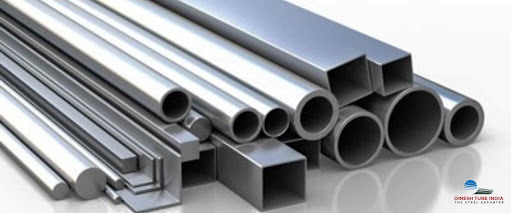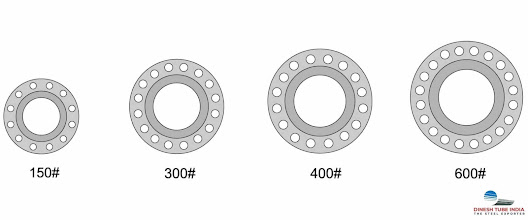Chromium Molybdenum Steel and High Temperature Applications
Industrial applications of chrome molybdenum steel include construction machinery, chemical processing equipment, and pharmaceutical manufacturing equipment. In addition, it is used as an alloying element in stainless steel used in food processing machinery, jet engines, and aircraft construction. Chromium molybdenum steel is cold-worked to increase its chromium content. Corrosion resistance and strength are better than those of stainless steel with the same carbon content. The production of chrome molybdenum steel is also resistant to phosphates and organic solvents.
Chromium molybdenum steel is available in a wide range of thicknesses, from 0.001 inches to 2 inches (1 mm to 50 mm). In terms of hardness and corrosion resistance, it is comparable to chromium molybdenum stainless steel. When welded into iron alloy steels or forgings, chromium molybdenum steel has excellent chemical and electrochemical properties. In addition to alloy steels, chromium molybdenum steel is suitable for high-temperature, high-strength applications. Among its applications are the casting of structural shapes, tubing, bearings, pipes, and alloys.
Chromium-molybdenum alloy steel (or chrome moly) is used in high-temperature and high-pressure applications. Due to its corrosion resistance and high-temperature and tensile strength, it is used in the oil and gas, energy, construction, and automotive industries.
What is the purpose of Cr and Mo?
Over the years, Mo has been a standard alloying element in creep-resistant steel that can withstand temperatures up to 530 C. Mo lowers the creep rate of steel and slows carbide coagulation and coarsening at high temperatures. Due to its high-temperature suitability and creep resistance, Mo-based steels are primarily used in power generation and petrochemical plants.
However, increasing the Mo content of the steel will not improve its properties because creep ductility decreases with increasing Mo. Furthermore, graphitization (the breakdown of iron carbides) occurs above 500°C. Mo-based steels are limited by these drawbacks.
A solution was found by alloying chromium with molybdenum. The CrMo steel has many advantages over Mo-based alloys, and it was the first steel that allowed steam temperatures in power plants to exceed 500°C.
Because of their combined properties (with a minimum Cr content of 9% and a minimum Mo content of 1%), this duo of alloying elements works so well. As an example, Mo gives the steel its strength and allows it to work at higher temperatures. Moreover, the Cr results in excellent oxidation and helps the steel resist corrosion better. In addition to providing good hardness penetration, the Cr content ensures uniform hardness.
Due to its additional strength and corrosion resistance, CrMo steel is used when mild carbon steel isn’t strong enough. Chrome moly has these advantages, which is why it is used in so many different applications.
It is possible to obtain significant corrosion resistance and toughness with chromium molybdenum steel that has a chromium content of 0.01 percent to 1.50 percent.
The high strength, corrosion resistance, and low conductivity of chrome molybdenum steel require continuous casting or short-time reduction annealing. A ton of chrome-molybdenum steel costs between $200 and $450. Its high chromium content prevents stainless steel from being used for motors or automobile engine cylinders, but its high strength makes it ideal for structural applications. Due to its low carbon content (0.3 percent), stainless steel is suitable for aircraft engines and shipbuilding. As it is manufactured by electrolytic smelting, it has a low chromium melting point of chromium and is relatively expensive. Stainless steel is tough, corrosion-resistant, and has high strength, but its high cost makes it unsuitable for many applications other than automotive and industrial ones.
Tap Here To Read More About This Article: https://thesteelexporter.com/chromium-molybdenum-steel-and-high-temperature-applications/
#Steel #steelexports #steelsuplier #dineshtube #stainlesssteel #cupronickel #nickel




Comments
Post a Comment